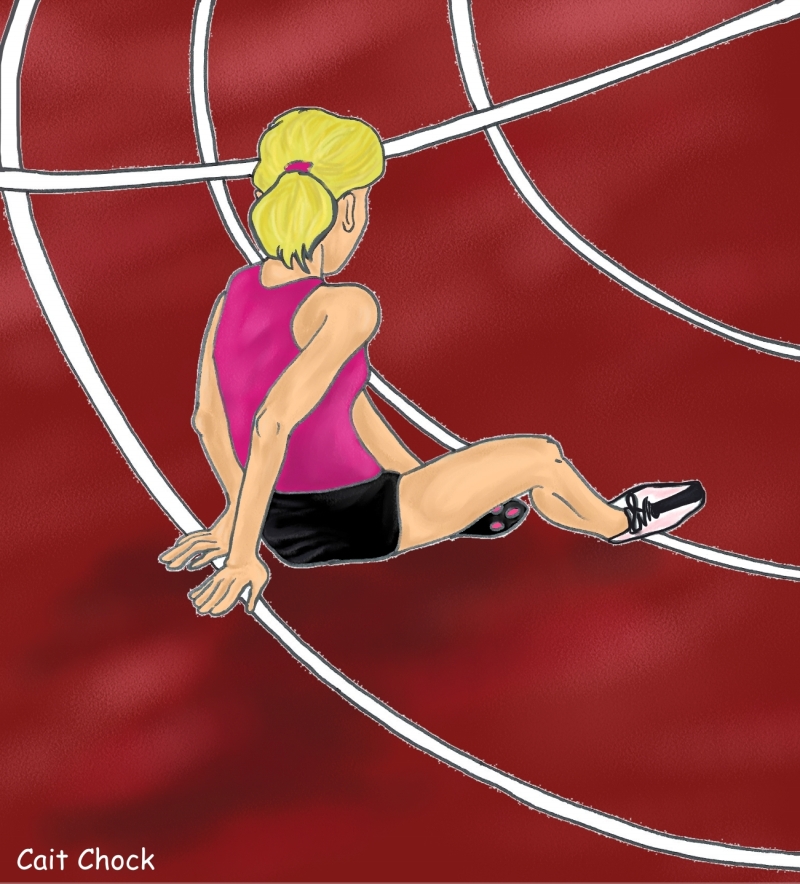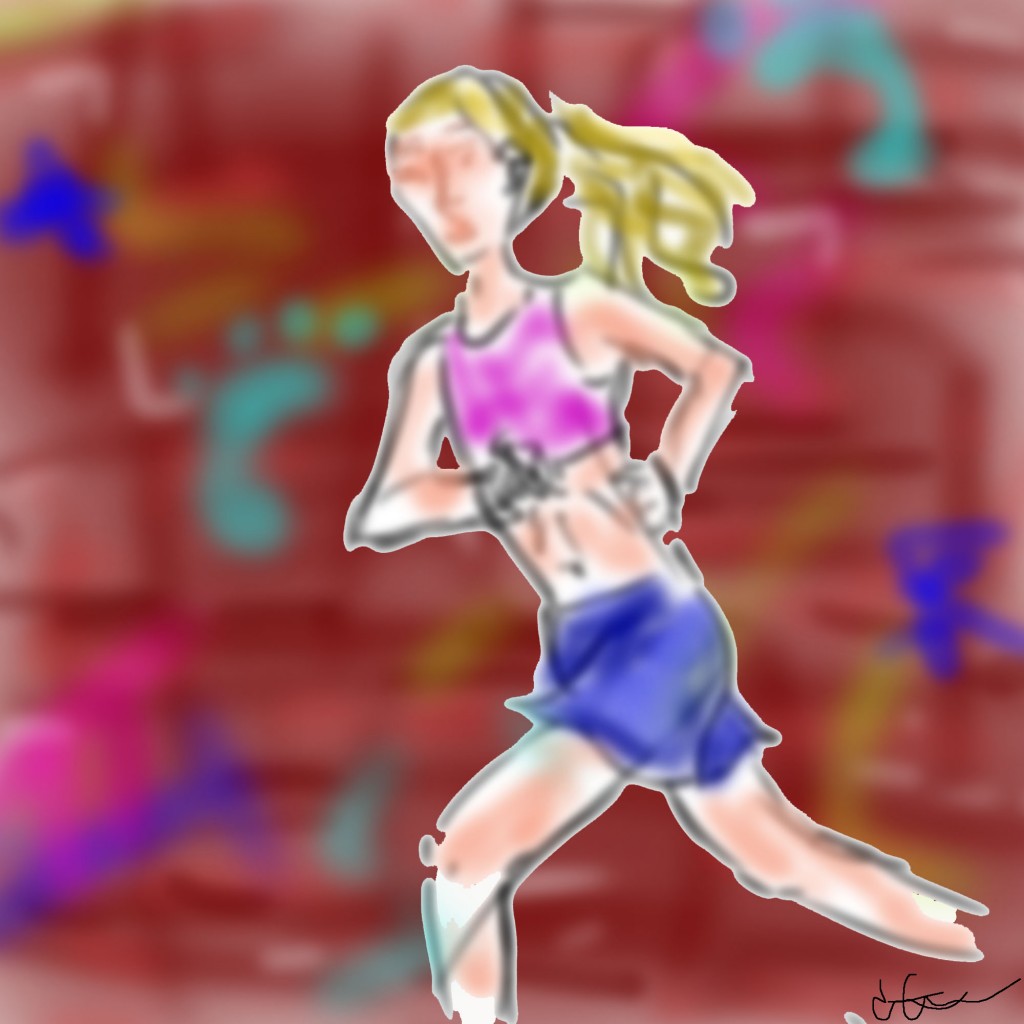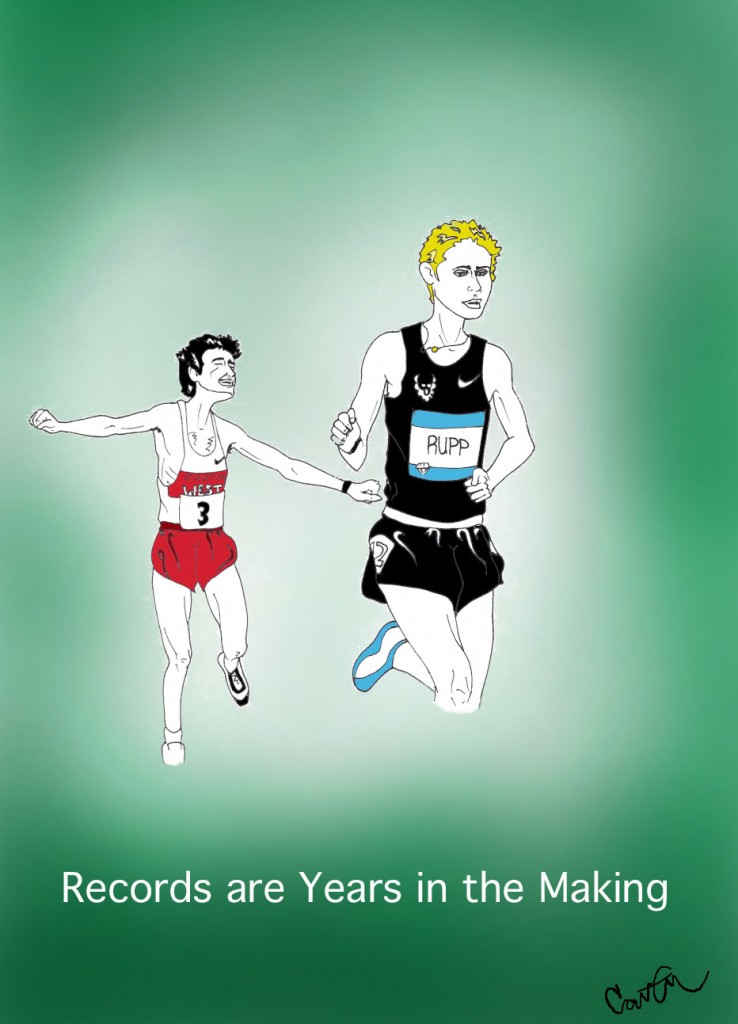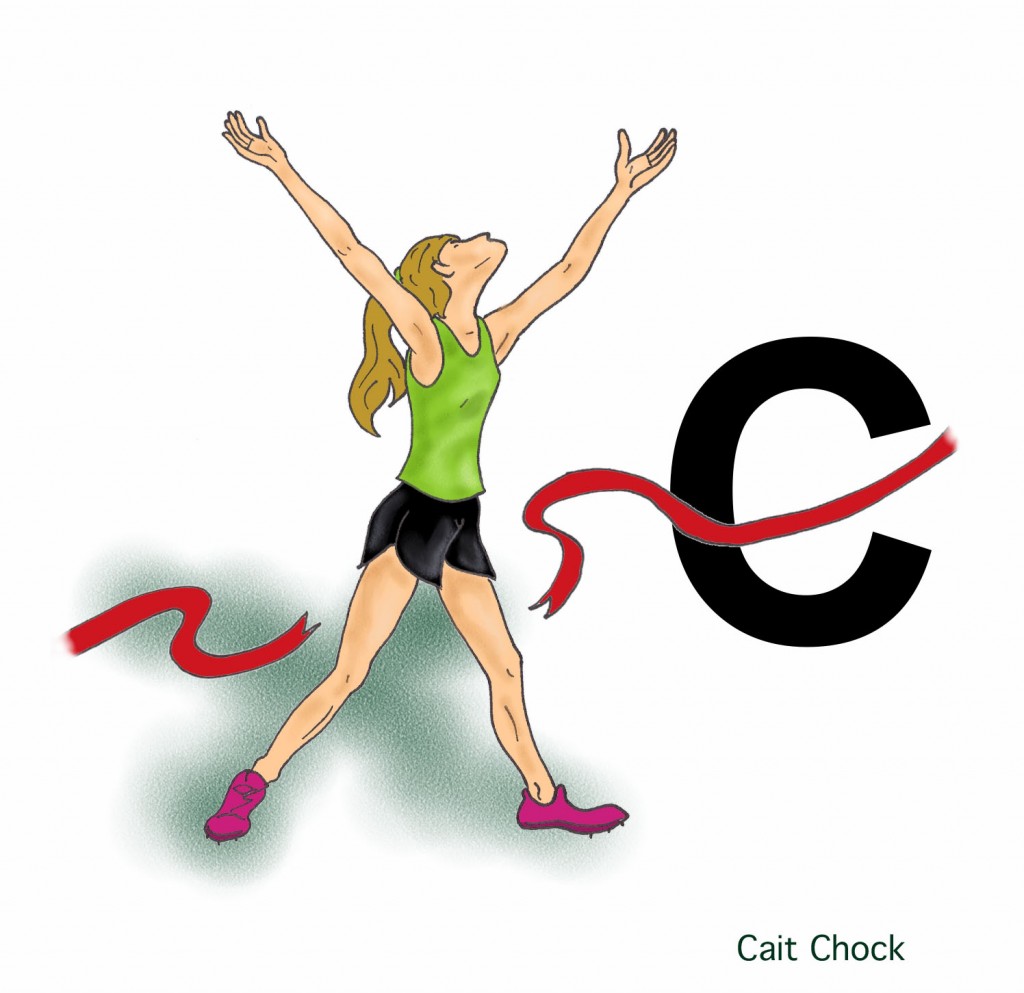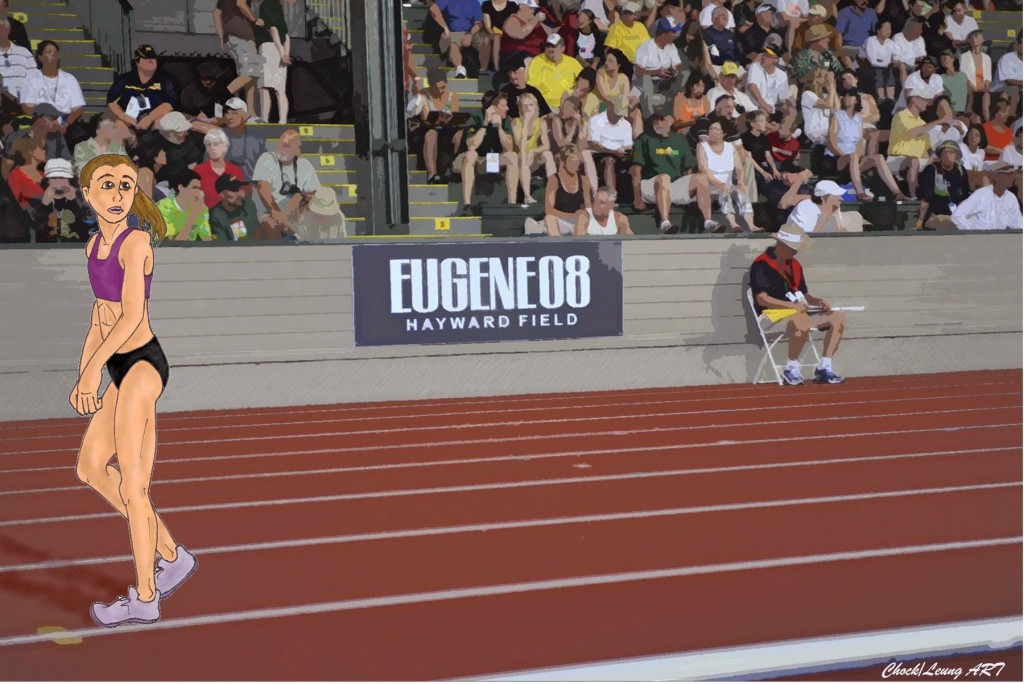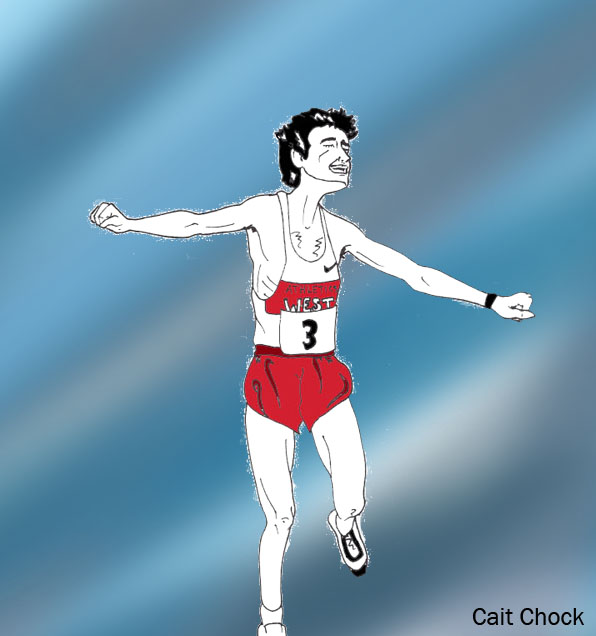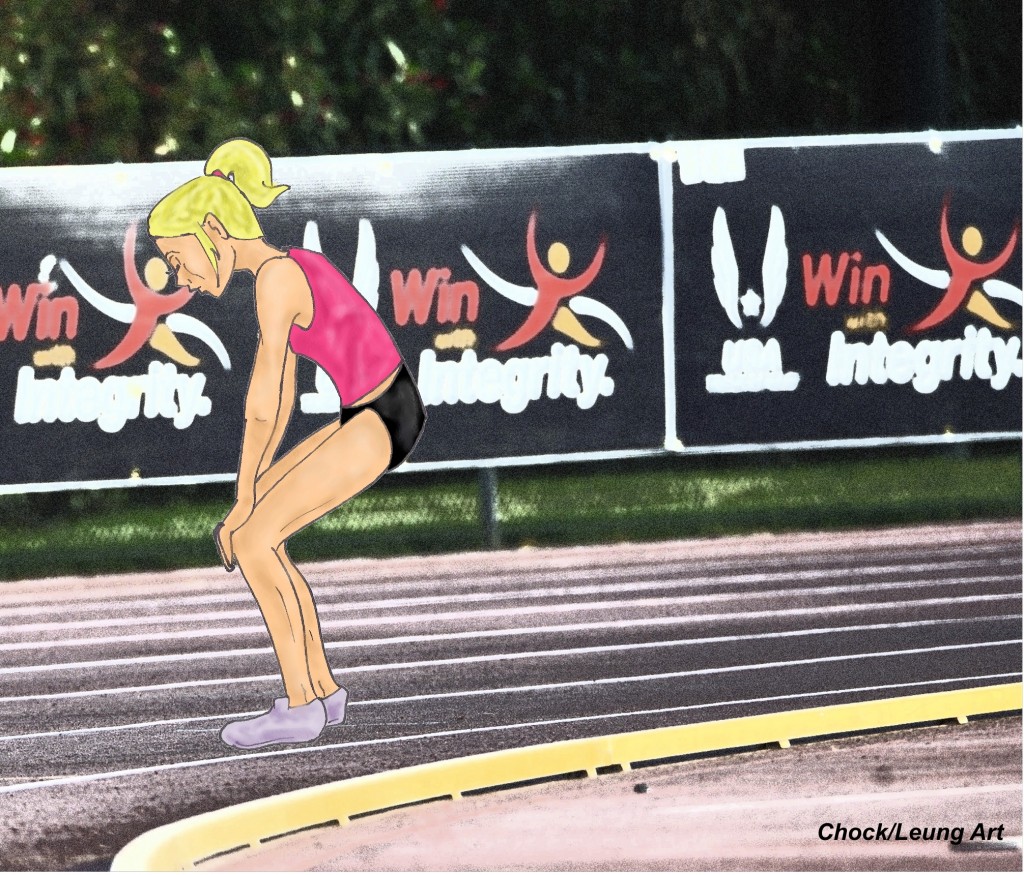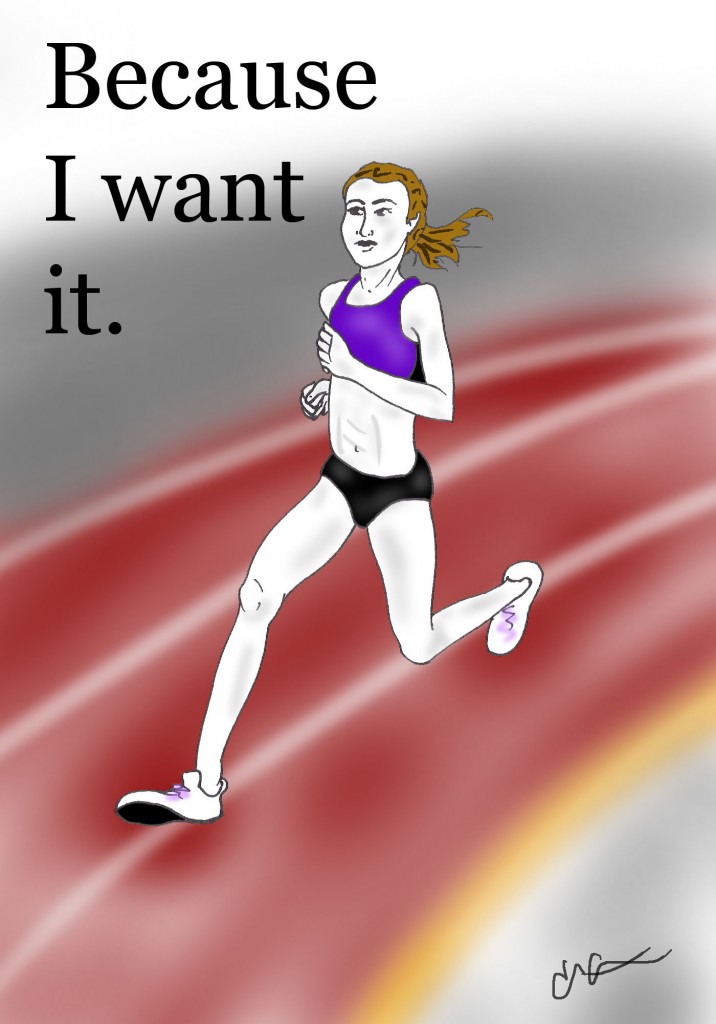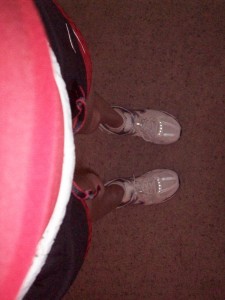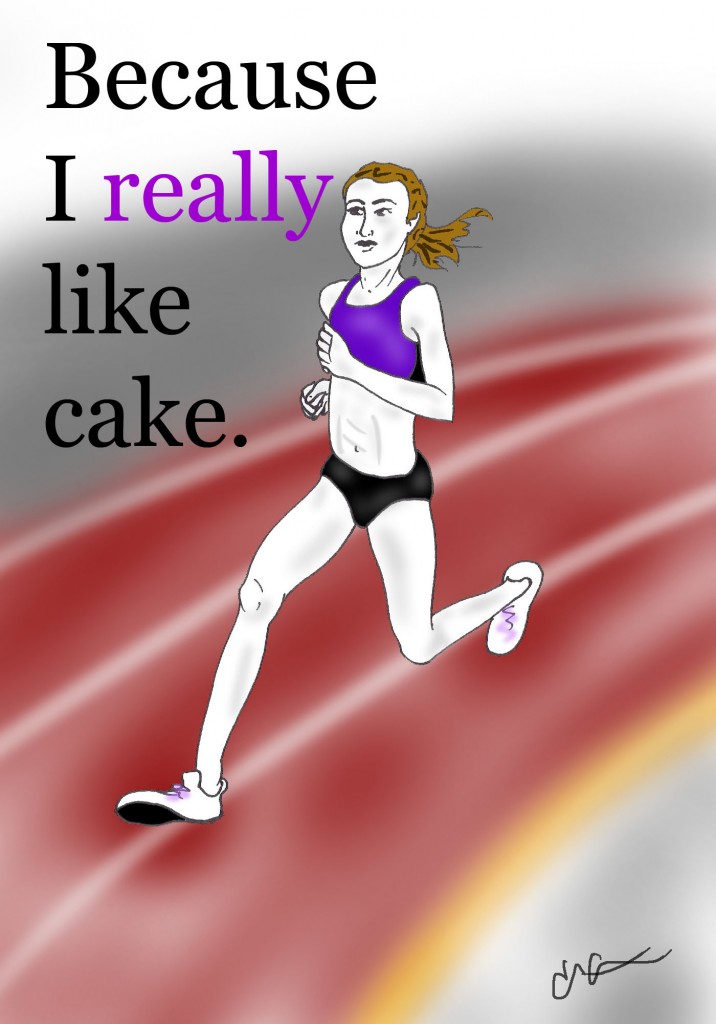Have you type cast yourself?Do you think of yourself as ONLY a long distance runner and wouldn’t go near a mile race with a ten foot pole? Do you think you’re only made up of fast twitch muscles and deem anything over a handful of laps around the track bordering on an ultra? Maybe you fall somewhere between the two, but it’s often VERY easy to stick yourself into a niche where you feel comfortable and come up with any excuse to NOT get out of it.
Guilty. I own up to it, I detest anything resembling a sprint. I use the term loosely because I don’t think my 200’s could even accurately be described as such. I’d get more nervous if the next day’s workout was 10×200 versus 10×1000’s. I feel comfortable in the longer distances, like I can settle into a pace, maintain control, and tick off the laps. The slower build of pain versus the BAM in your face lactic acid onslaught from the first step.
Ironically the more you RELAX in the shorter sprints the faster you’ll go; I usually ended up trying too hard, tensing up, and shooting myself in the butt so to speak. If you look at the fastest sprinters their faces are completely relaxed and loose…they are flying and they make it look easy. It’s not, but they are relaxed.
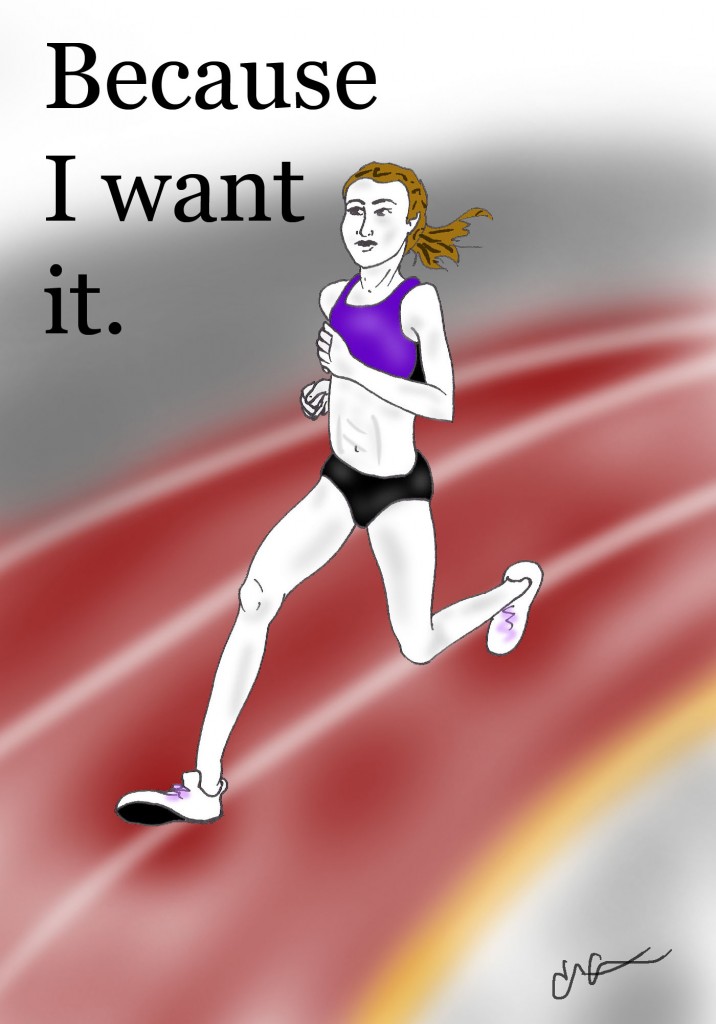
Back to the point: stepping outside of the niche you’ve glued yourself into will help you in so many ways.
* Go short: If you’re a 10k and up runner you might balk at the idea of entering a mile or *gasp* even an 800 race. But, training for these shorter races will immensely help your longer distance, forte events. Think about it, if you can build your base speed, when you go back up to the 10k or marathon, the pace there will feel a lot ‘easier’ than before.
* Go longer: Opposite end of the spectrum; if you’ve never run more than 6 or 8 miles at a time…EVER, then training for a 10k or half-marathon (where your long runs would get into the double digits) will build your strength and endurance a great deal. When you go back down to a mile, or even 5k, you will be able to hold it together much better towards the end of the race because your overall strength (ie: base) is bigger.
* Ultras: Some ultra runners only do miles, miles, miles…at the same pace. That’s changing now as more are learning the benefits of speed play and that the long run is not the epitome workout that all should be focused on. The top dogs still enter races as short as a 10k, some even go to track races and run the mile. It all comes back to getting their turnovers and base speeds faster…it translates up.
Mental games: yes, it can be scary to pry yourself out of that niche and put yourself out there. Most likely you won’t be as dominant in the race as you may used to, that’s okay. It can take some swallowing of the egos but if you keep practicing and IMPROVING on your weaker events you will…well, improve.
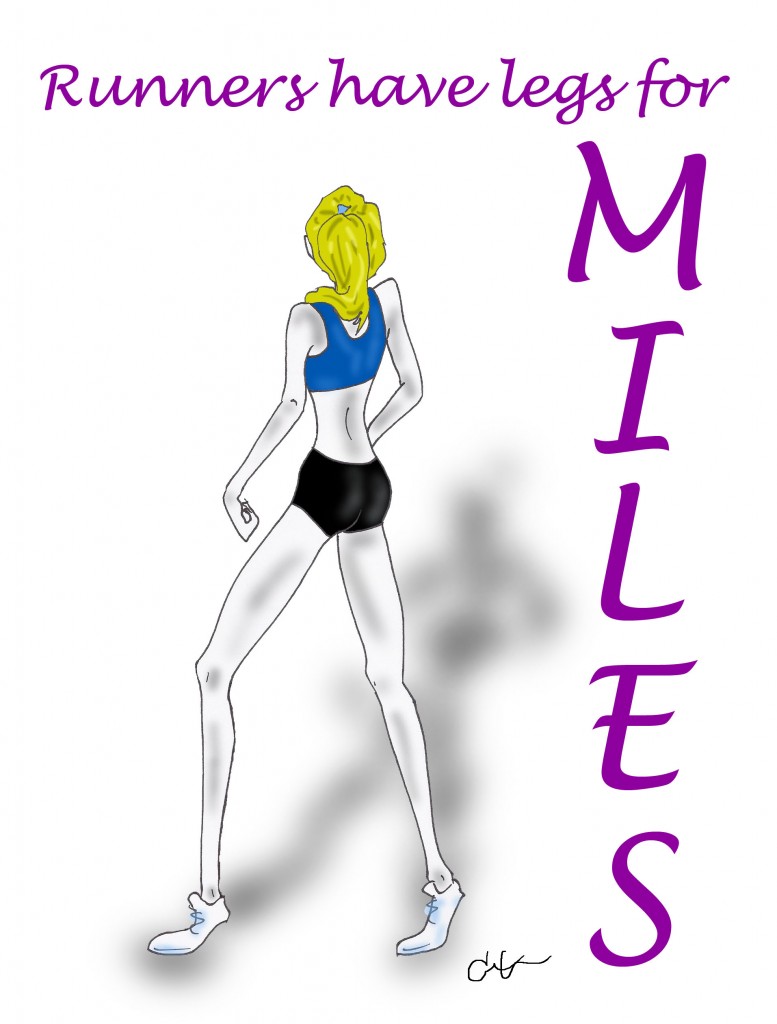
It’s easy as heck to hate something that you might stink at, but igniting the competitor in you will work to your advantage. Find some people who may be better in this department as you, relax, let them pull you along and do the pace-setting work…that’s okay. Let’s face it, come race day it’s nice to beat people and you’ll push yourself to get to that line. Even if it’s in a push to not get last…hey, embarrassment is a fine motivator, been there! 🙂
If you need a little case study from the top, look at some of our nation’s best distance runners. We’ll take for example the USA Olympic Marathon Trials…many of the runners there have PR’s in the 5k and 10k that rank amongst the leading National or World times too. Some of them still run the mile and 3k races as well, they don’t only stick to one, long event.
If you continually ignore your weaknesses they will just fester and stay weak. Instead, embrace them, push yourself in a new direction and keep it diversified. It doesn’t mean giving up your already strengths, but quite the opposite because in the end you’ll be making those even stronger too.
1) Do you type cast yourself? What do you see yourself as?
Totally…and I know it’s not good for me. All slow-twitch over here!
2) Do you avoid certain races or workouts? Why?
When I was racing, I would groan and hate whenever my coach would force me into a shorter race. I’d do it because I don’t like to argue, my coach knew best, but I just hate the short races.
3) Can you foresee perhaps challenging yourself to try a new race, workout, or set a goal targeting your weakness?






